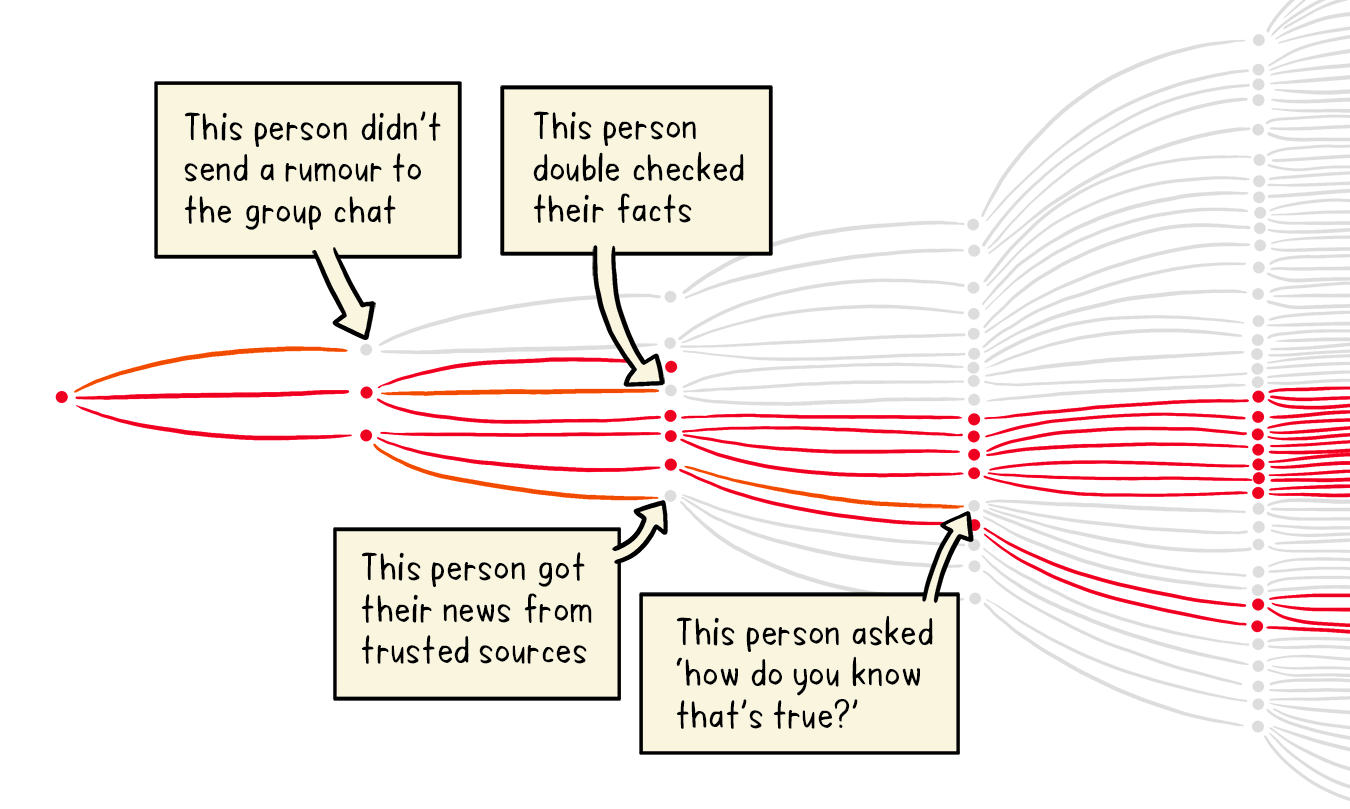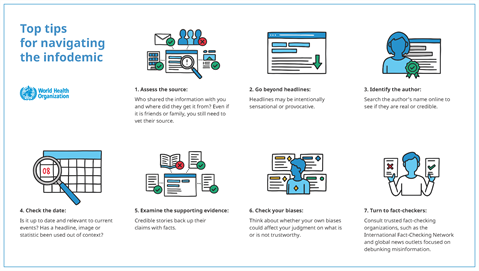|
 |
|
 |
 |
 |
 |
|
Our focus is mainly to offer software solutions to the customers for their networking needs and data security requirements |
|
|
|
 |
|
 |
SSG Solutions (P) Ltd.
301,HI-LINE COMPLEX,
ROAD NO. 12,BANJARA HILLS,
HYDERABAD.
TELANGANA-500034
TELEPHONE : 040-23320189 |
|
| internet security, antivirus, software, virus, malware, antispyware, database, network,security, risk, compliance, SaaS, cloud security, encryption endpoint security, cloud security, mobile security, Antivirus, antispam, Data Loss Prevention, mcafee, symantec, microsoft |
|
|
|
|
|
|
|
|
|
|
|
|
 |
|
|
|
|
|
|
|
|
|
 |
We are all being exposed to a huge amount of COVID-19 information on a daily basis, and not all of it is reliable. Here are some tips for telling the difference and stopping the spread of misinformation. |
|
|
| Due to COVID-19, most of us have a new word in our vocabulary: epidemiology. It is the branch of medical science that deals with the ways diseases are transmitted and can be controlled in a population. Now it is time to learn another new word: infodemiology. |
|
|
|
|
|
|
|
| As humans, we are a curious and innovative species. We want to understand the world around us and stay up to date on the challenges we face and how to overcome them. One of the ways we do this is by seeking out and sharing information – lots of it. Even scientists around the world are working hard to keep up with the thousands of studies that have come out since COVID-19 appeared. |
|
|
|
|
| But it is not only scientific studies. There are also official communications from governments and health agencies around the world. Then there are news articles and opinion pieces, and messages from vloggers, bloggers, podcasters and social media influencers. You may also see information shared by friends and family on social media or messaging apps. |
|
|
|
|
| All of this is called the infodemic: a flood of information on the COVID-19 pandemic. Infodemiology is the study of that information and how to manage it.
|
|
|
|
|
|
|
|
|
|
|
|
|
|
|
|
 |
| Here are seven steps you can take to navigate this wave of information and decide who and what to trust: |
|
|
|
|
| 1. Assess the sourcer |
| Who shared the information with you and where did they get it from? Even if it is friends or family, you still need to vet their source. To check for fake social media accounts, look at how long profiles have been active, their number of followers and their most recent posts. For websites, check the “About Us” and “Contact Us” pages to look for background information and legitimate contact details. |
|
|
|
|
| When it comes to images or videos, make it a habit to verify their authenticity. For images, you can use reverse image search tools provided by Google and TinEye. For videos, you can use Amnesty International's YouTube DatViewer, which extracts thumbnails that you can enter into reverse image search tools. |
|
|
|
|
| Other clues that a source may be unreliable or inaccurate include unprofessional visual design, poor spelling and grammar, or excessive use of all caps or exclamation points.. |
|
|
|
|
| 2. Go beyond headlines |
| Headlines may be intentionally sensational or provocative to get high numbers of clicks. Read more than just the headline of an article – go further and look at the entire story. Search more widely than social media for information – look at print sources such as newspapers and magazines, and digital sources such as podcasts and online news sites. Diversifying your sources allows you to get a better picture of what is or is not trustworthy. |
|
|
|
|
| 3. Identify the author |
| Search the author’s name online to see if they are real or credible.. |
|
|
|
|
| 4. Check the date |
| When you come across information, ask yourself these questions: Is this a recent story? Is it up to date and relevant to current events? Has a headline, image or statistic been used out of context? |
|
|
|
|
| 5. Examine the supporting evidence |
| Credible stories back up their claims with facts – for example, quotes from experts or links to statistics or studies. Verify that experts are reliable and that links actually support the story |
|
|
|
|
| 6. Check your biases |
| We all have biases, and these factor into how we view what’s happening around us. Evaluate your own biases and why you may have been drawn to a particular headline or story. What is your interpretation of it? Why did you react to it that way? Does it challenge your assumptions or tell you what you want to hear? What did you learn about yourself from your interpretation or reaction? |
|
|
|
|
| 7. Turn to fact-checkers |
| When in doubt, consult trusted fact-checking organizations, such as the International Fact-Checking Network and global news outlets focused on debunking misinformation, including the Associated Press and Reuters. |
|
|
| |
|
|
| |
|

